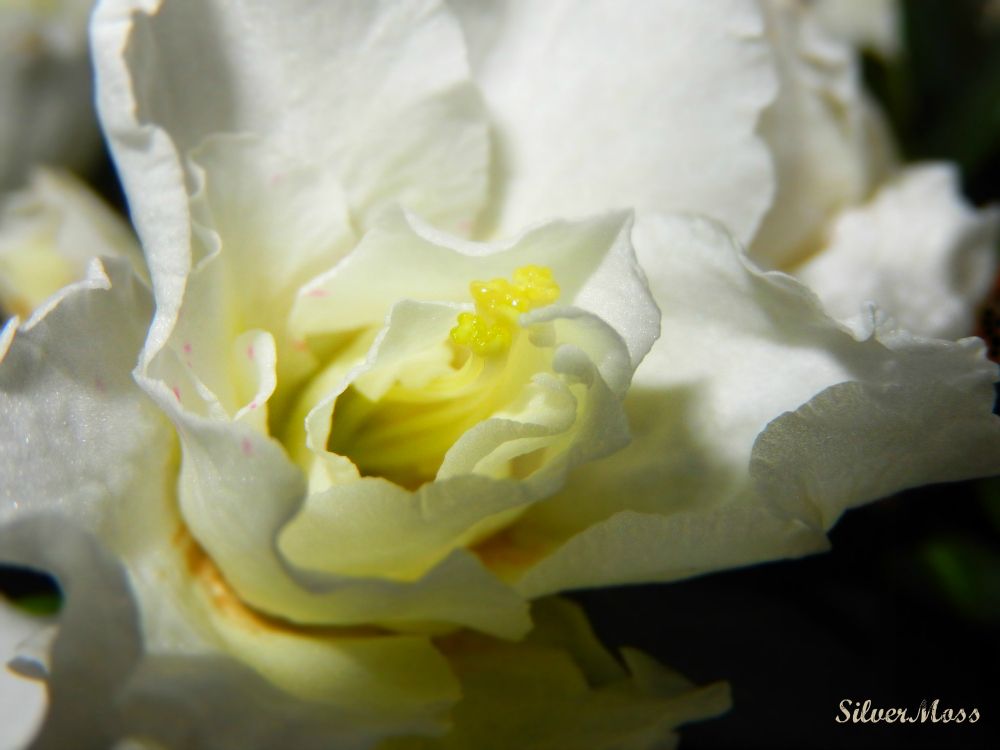
At this time of year light is increasingly present in the lengthening days; it feels like a balm after the long nights of winter. A sunny morning, the lighter evenings both send more natural light into our lives. And light always matters to a jeweller, whether it's finding enough to see those tiny jump rings, keeping it dull enough to be able to solder in (I had to shut a gloriously sun-drenched morning out recently as I couldn't see the flame from my torch in the light), or having bright but diffused light in which to photograph the finished creation.
Light is also the name of an internet startup whom I've been in contact with. It's also the name of their camera, which is of course so logical (since cameras are all about light) that I'm surprised no one has thought of it before now.
Along with other bloggers, from a variety of fields and interests, I've been asked to share a Vantage Point that matters to me, somewhere I find inspiring and beautiful. I've chosen gardens, mine specifically. But, in general, any one that has a profusion of plants is enough to prompt me to reach for my camera.
The photograph I've shown here is of a flower from an azalea plant that was given as a gift. When I looked through my archives I realised that so many of the photos of plants are actually images of flowers, ways of getting up close to them so the colour, texture, and the very structure of them is the subject of the photo and nothing else. I guess this fascination with the form of the small is reflected in much of my jewellery too. My creations tend to be petite and delicate-looking rather than big and bold. In both plants and jewellery, it's the detail of the tiny that interests me.
I don't have a particularly advanced camera and tend to use very little equipment so natural light matters a lot to my outside photography. Whether it's sunlight filtered through leaves or a cloudy day, natural light isn't always easy to use but it is an endlessly interesting challenge. The azalea image was taken on a cloudy day which had bursts of bright winter sunshine; some of the other images I took are a little more muted than the one I eventually chose.
When I'm next able to indulge in a new camera I will look at the Light model. It's price is pretty high-end and it is, at present, only available to those who've already pre-ordered them, although you can sign up for more information. But with the amount of features, including the ability to work well in low light and a feature that lets you change your area of focus after the photograph has been taken , fitted into a device around the size of a smart phone it is closer to a DSLR than a point-and-shoot style of camera.
So, today, my Vantage Point is my garden. Tomorrow it could be the seaside or a woodland. Quite often it's my mini jewellery photography studio. And at others times it's a snap taken from a car window that just happens, when I look at it later, to have captured entirely the mood I was hoping it would, with colours, textures, atmosphere and, of course, light, all just perfect.
Do you have a Vantage Point, somewhere you return to either to challenge your photography or to allow you just to enjoy how it photographs for you? If so, then feel free to share.
~~~~
NB. Whilst I was contacted by Light and asked to take part in their Vantage Point project I am otherwise not connected with them and the links in my post are not affiliate links.


























